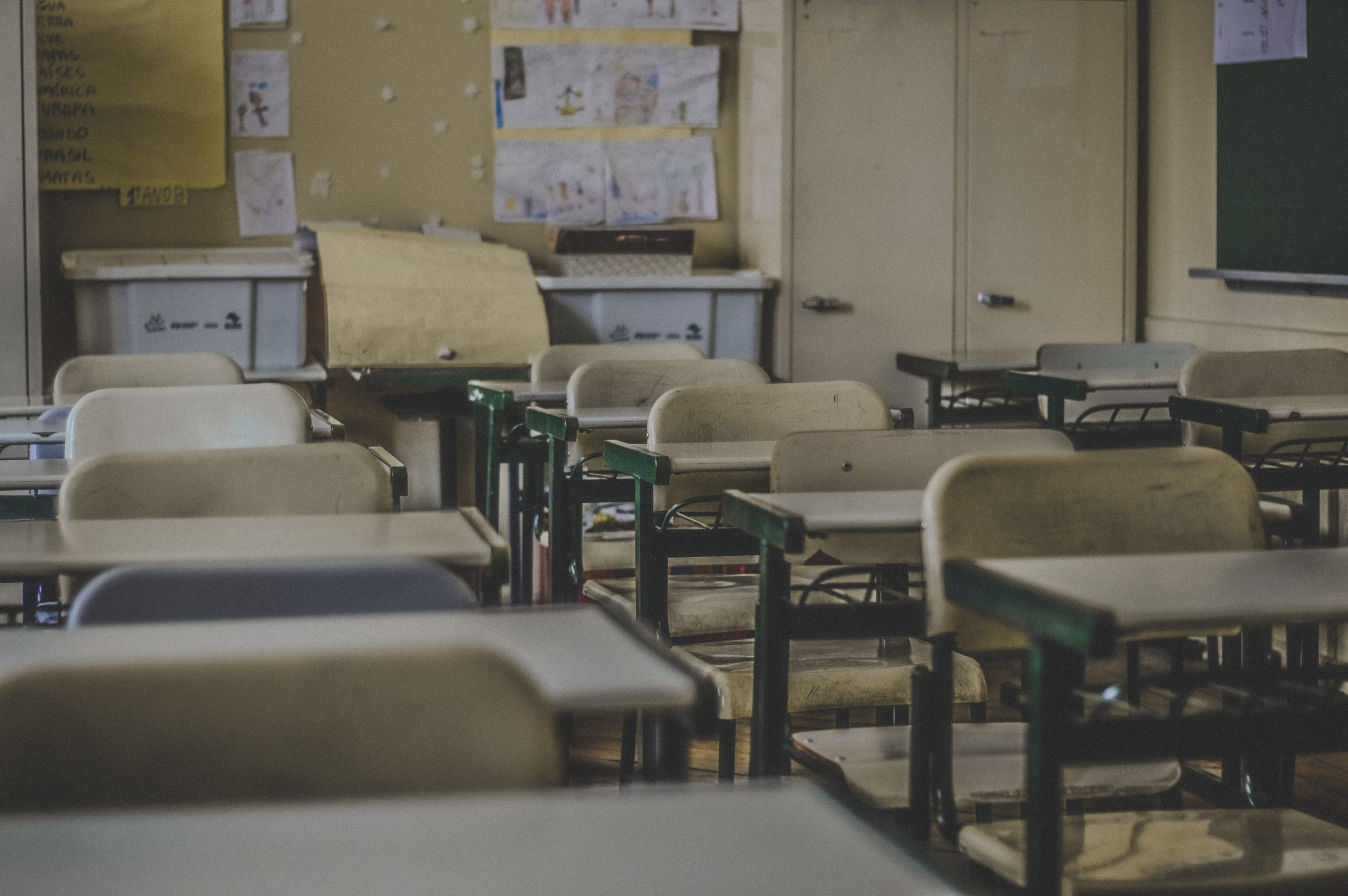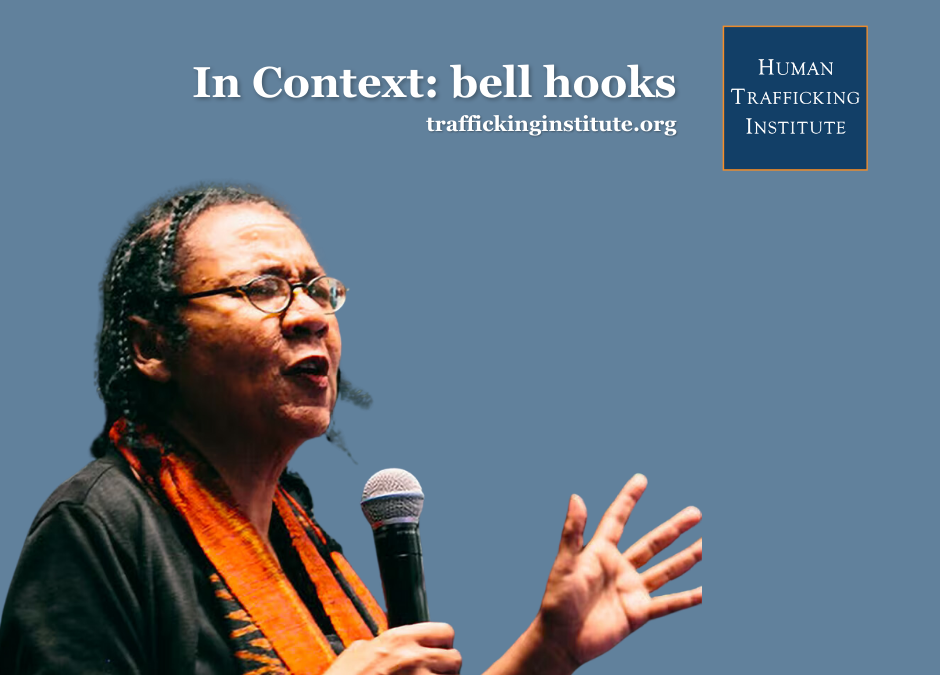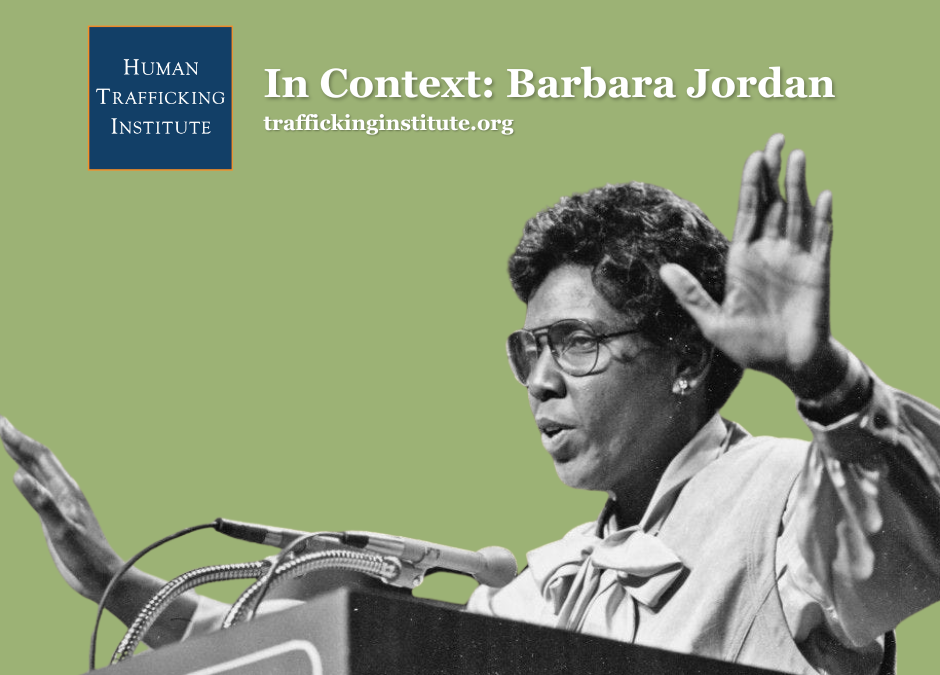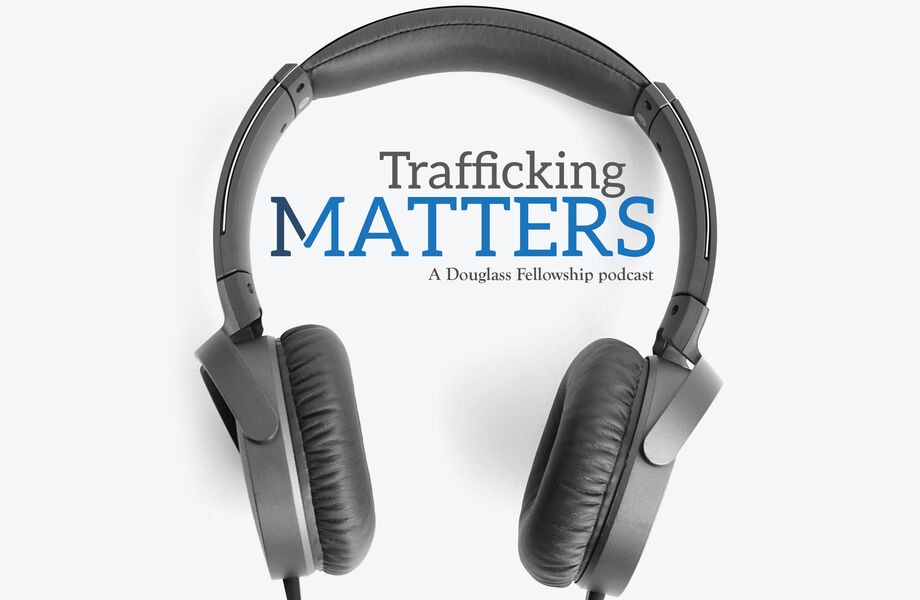Defined as “the coercive exploitation of another person for commercial gain,”1 human trafficking is a global crime that impacts the most vulnerable populations in the United States and around the world.2 Children are among those uniquely vulnerable to traffickers—at times not even realizing they are victims.3
In 2019, children comprised over half of the victims in all active federal trafficking cases.4 Even more striking, in cases where a defendant was a sex buyer, over 92% of the victims were children.5 These numbers underscore the gravity of the issue.
Social Media and Romance: Tools for Traffickers
Increasingly, traffickers use social media to contact and earn the trust of children they hope to exploit.6 Today, 53% of children and 84% of teenagers have a smartphone by age 11,7 providing a broad platform for traffickers to recruit victims online. According to one 2018 study, 55% of those who were first trafficked in 2015 met their trafficker on a website, app, or via text.8 Moreover, in sex trafficking cases active in 2019, 38% of the defendants were connected to the victim on social media.9
Sites like Facebook and Instagram inadvertently offer traffickers access to children and their profile information.10 Traffickers can also create fake profiles that impersonate individuals whom children might trust.11 By connecting on social media, a trafficker can anonymously browse the characteristics, behaviors, and social circles of their potential victims.12 Studies have shown that children who post content expressing emptiness, disappointment, and fear—or show signs of substance abuse, an unstable home life, or the desire to run away—are appealing to traffickers and more likely to be targeted.13
One recruitment method traffickers use is especially dangerous in this technological landscape.14 Online, traffickers entice victims with romantic relationships with the ultimate goal of exploiting them.15 Once the victim is being trafficked, the trafficker can utilize the personal information he or she uncovered in the “dating” process to keep the victim dependent.16 Victims recruited through fraudulent courtship may not even consider themselves victims; they may simply believe they are in a romantic relationship.17

Promising Practice: Trafficking Curricula in Schools
Open communication between children and trusted adults may reduce incidents of traffickers successfully recruiting children through social media and romantic relationships.18 But to confide in trusted adults, children must first be empowered to recognize dangerous situations before deceptive relationships progress too far.
In September of 2019, Florida became the first state to require K-12 child trafficking prevention education.19 The State Board of Education unanimously agreed to require each school district to submit methods for anti-trafficking instruction at every grade level, describe the professional qualifications of the instructors, and document the resources being used to the commissioner.20 These plans must be posted on the district’s website for transparency and accountability.21 At the end of the school year, the districts must also submit a report verifying compliance with their plans.22
To support school districts in this effort, the Florida Department of Education website offers online training, webinars, hotlines, fact sheets, and local contacts to equip educators to teach child trafficking prevention.23 With these resources, teachers will have a wider knowledge base and be better prepared to more readily recognize potential victimization of their students. Parents can also use these resources to learn how to speak openly with their children about relationships, on and offline.
Florida’s proactive approach to ending human trafficking of children is an excellent blueprint for states that wish to shed light on the hidden world of trafficking and exploitation. There are also other workable models for states to adopt. For example, California requires public schools to provide anti-trafficking education at least once in middle school and once in high school, rather than at every grade level.24
***
As mentors and role models, teachers are uniquely positioned to educate students about the dangers and warning signs of trafficking. Educating children about boundaries, online safety, and warning signs of predators and providing helpful local resources may help prevent them from joining the thousands of children in the United States who have been trafficked.
The opinions expressed are solely those of the author and do not reflect or express the views or opinions of the Human Trafficking Institute or Trafficking Matters.
- 1Kyleigh Feehs and Alyssa Currier, 2019 Federal Human Trafficking Report, TRAFFICKING INSTITUTE (2020), https://traffickinginstitute.org/wp-content/uploads/2020/05/2019-Federal-Human-Trafficking-Report_Low-Res.pdf. See Protocol to Prevent, Suppress, and Punish Trafficking in Persons, Especially Women and Children, Supplementing the United Nations Convention Against Transnational Organized Crime art. 3(a), Dec. 12, 2000, 80 Stat. 271, 2237 U.N.T.S. 319, available at https://www.ohchr.org/EN/ProfessionalInterest/Pages/ProtocolTraffickingInPersons.aspx
- 2Id.
- 3Why Doesn’t She Leave, GUARDIAN GROUP, https://guardiangroup.org/why-doesnt-she-leave/.
- 4Feehs & Currier, supra note 1.
- 5Id.
- 6How Sex Traffickers Use Social Media To Contact, Recruit, And Sell Children For Sex, FIGHT THE NEW DRUG (Aug. 27, 2020), https://fightthenewdrug.org/how-sex-traffickers-use-social-media-to-contact-recruit-and-sell-children-for-sex/.
- 7It’s A Smartphone Life: More Than Half Of U.S. Children Now Have One, NPR (Oct 31, 2019),
https://www.npr.org/2019/10/31/774838891/its-a-smartphone-life-more-than-half-of-u-s-children-now-have-one. - 8Survivor Insights: The Role of Technology in Domestic Minor Sex Trafficking, THORN (Jan. 2018), http://www.thorn.org/wp-content/uploads/2018/06/Thorn_Survivor_Insights_061118.pdf.
- 9Feehs & Currier, supra note 1.
- 10How Sex Traffickers Use Social Media To Contact, Recruit, And Sell Children For Sex, supra note 8.
- 11Jarrod Sadulski, Human Traffickers Use Social Media to Target Children, IN PUBLIC SAFETY (Apr. 17, 2020), https://inpublicsafety.com/2020/04/human-traffickers-use-social-media-to-target-children/.
- 12How Sex Traffickers Use Social Media To Contact, Recruit, And Sell Children For Sex, supra note 8.
- 13Id.
- 14Kyleigh Feehs and Alyssa Currier, 2018 Federal Human Trafficking Report 78, Trafficking Institute (2019), https://traffickinginstitute.org/wp-content/uploads/2020/04/2018-Federal-Human-Trafficking-Report-High-Res.pdf.
- 15Id.
- 16Paula Duhatschek, ‘Romeo pimps’: Sex traffickers luring young women by posing as potential boyfriends, experts say, CBC (Sept. 10, 2019), https://www.cbc.ca/news/canada/kitchener-waterloo/sex-trafficking-survivor-speaks-out-about-romeo-pimps-1.5272368.
- 17Why Doesn’t She Leave, supra note 3.
- 18How Sex Traffickers Use Social Media To Contact, Recruit, And Sell Children For Sex, supra note 8
- 19Florida First State in Nation to Teach K-12 Child Trafficking Prevention, FLORIDA DEPARTMENT OF EDUCATION, http://www.fldoe.org/newsroom/latest-news/florida-first-state-in-nation-to-teach-k-12-child-trafficking-prevention.stml.
- 20Id.
- 21Id.
- 22Id.
- 23Human Trafficking, FLORIDA DEPARTMENT OF EDUCATION, https://www.fldoe.org/schools/healthy-schools/human-trafficking.stml.
- 24 Protecting Our Children from Sex Trafficking, CALIFORNIA STATE PTA (Feb. 22, 2019) https://capta.org/protecting-our-children-from-sex-trafficking/.




